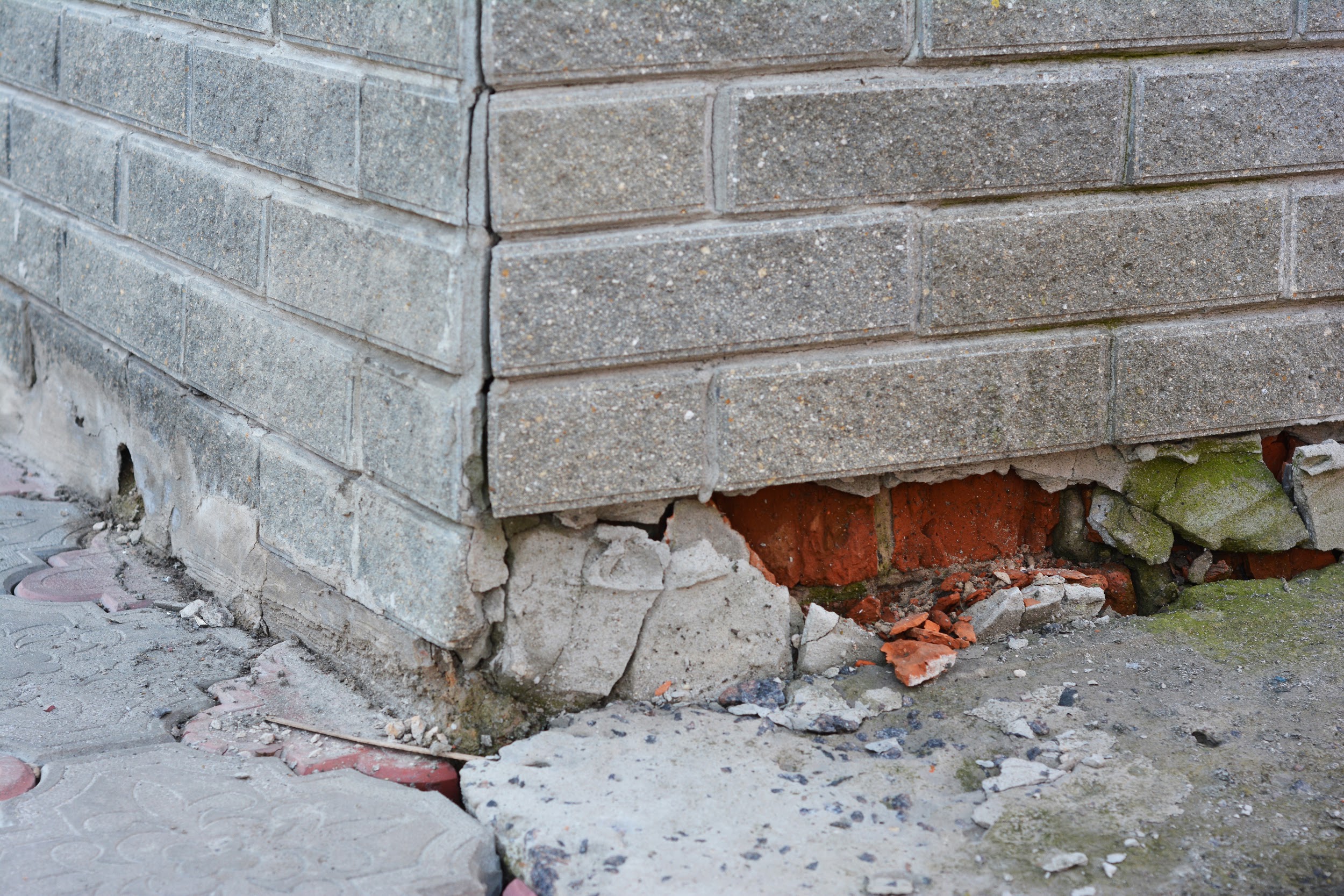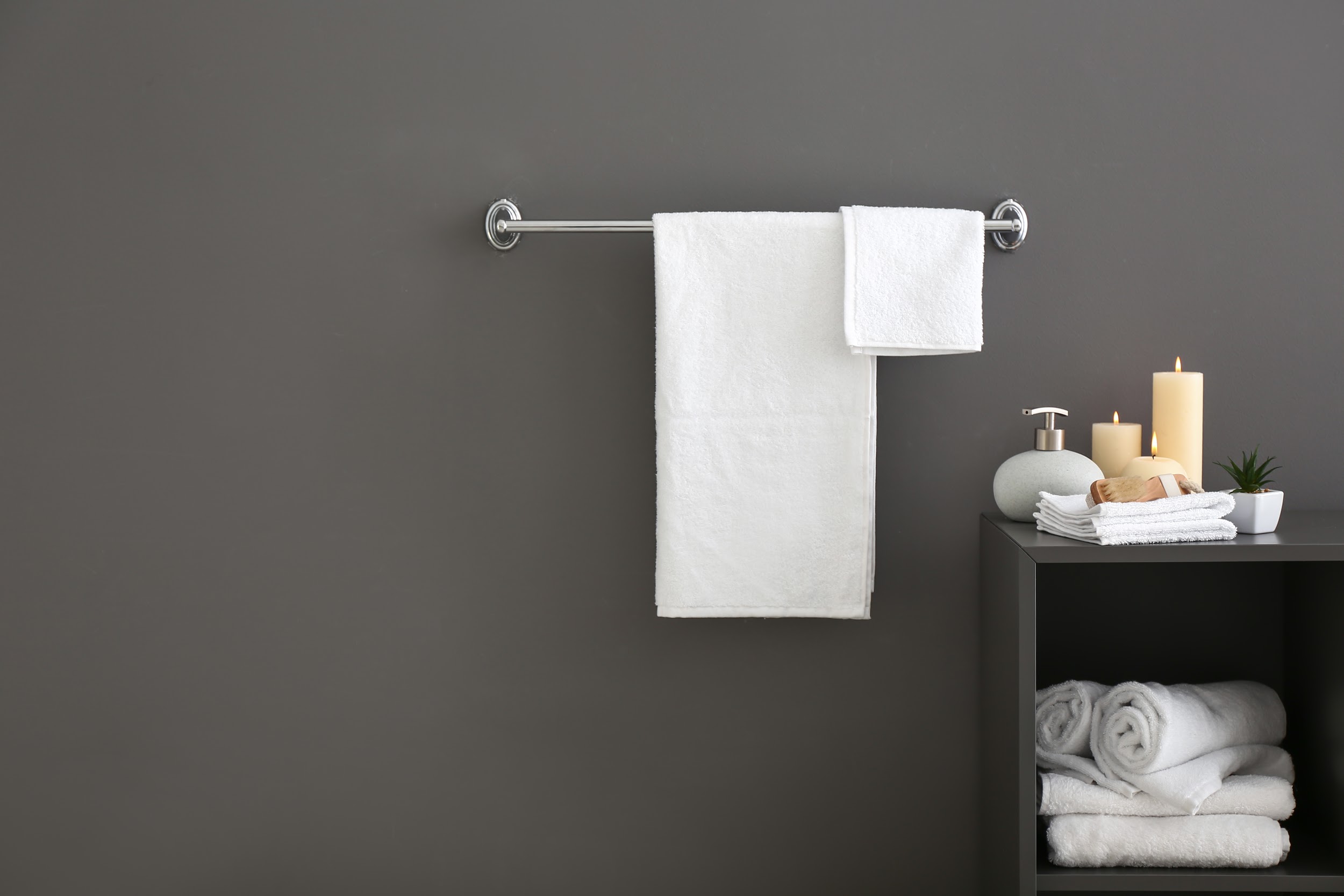Purchasing a house and land (also known as a flat) package may seem like a huge undertaking to some. You have to start from scratch, try to find the perfect lot and house plan for it, and then embark on the building process.
However, the investment is highly likely to pay itself off. That is, if you know how, where, and when to buy the flat package.
So, if you’re on the market (or on the fence) for purchasing a property in Australia — keep reading. In the following paragraphs, we’ll tell you all you need to know to make a wise investment and get a great piece of property.
Flat Packages 101
Flat packages are perfect for those looking to remove the guess-work out of buying a home. Moreover, they offer the easiest way of building the home of your dreams, in the ideal place — without doing any of the heavy lifting.
Flat packages may also come with some great financing options, making them attainable to many people. So, whether you’re single, starting a family, or simply want to make a good investment — the flat package could be the best option for you.
Where Should You Look?
When choosing a flat package, you shouldn’t make a decision based on superficial criteria. You also ought to look for properties within safe areas, close to nature, parks, and culture, and other things important to you.
Additionally, you need to consider the current and projected values of your property and home, to make sure you’re making a good financial decision.
In recent years, Wyndham, Truganina, Werribee, and similar suburbs have attracted a great number of Aussies. Perhaps most notably, the search and demand for house and land packages Wyndham Vale has skyrocketed in recent years.
Because this suburb encompasses all of the important criteria we’ve previously mentioned, it’s become ripe with opportunity. So, it’s relatively easy to find a good deal on a flat package, as well as start planning and moving in quickly.
How to Get Started?
Before settling on a flat package, you should first make a list of your criteria. Start by writing down your must-haves as well as the things you want to avoid at all costs. Then, consider which area fits into those criteria the best, and commence on your search.
To make the process easier, you can look through the offers of trusted real estate companies online, and ask for their catalog. At this point, you have to ask all of your questions to make sure the offer fits your needs and wants, as well as capabilities. Once you’ve narrowed your choices talk to your realtor about starting to turn your home dreams into a reality.
Final Thoughts
As you can hopefully tell by now, purchasing a home and land package can be a great option for various types of buyers. Moreover, it’s perfect for all of those who want to make the process easier and more efficient, while holding on to their home must-haves.
So, whether you’re trying to create the perfect nest for your family, or are looking for a new home built to your needs — the flat package could be the best option for you.


